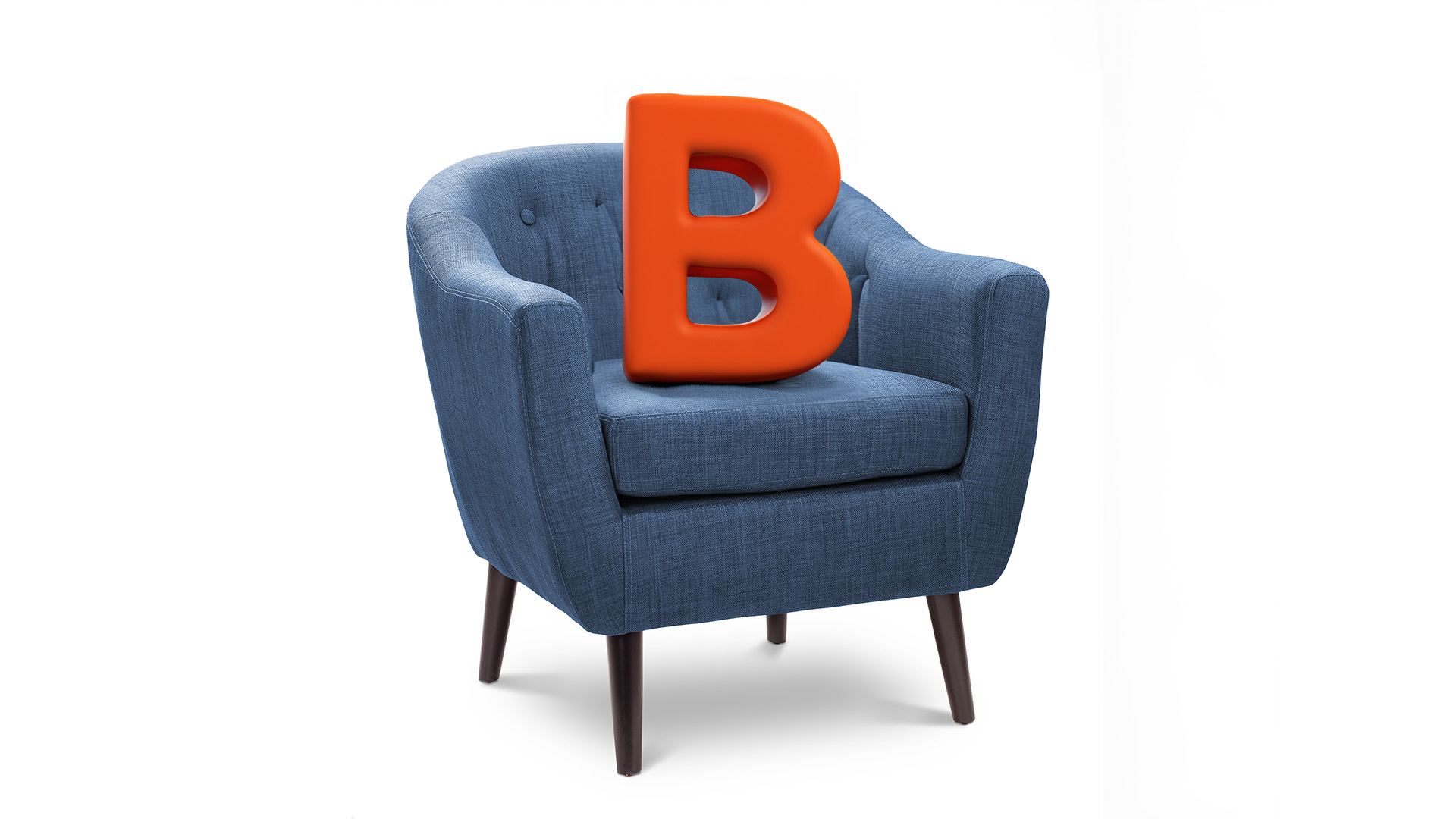Contrasting reports from our two biggest miners.
Rio Tinto is on the way to a higher first half profit after it shook off the bad weather-induced first quarter production weakness to report a ringer of a second quarter.
And BHP Billiton Friday morning revealed a second move into shale gas in the US with am $A11 billion takeover that tales the amount spent in this sector in 2011 to around $A16 billion (See story below).
Rio Tinto said yesterday that it boosted second quarter iron ore production 12% from the same quarter of 2010.
More importantly, second quarter production was up 17% on the first quarter, as the company took advantage of higher prices..
But copper production was sharply lower, which will trim many profit estimates.
That saw global iron ore production for the three months to June 30 of 49 million tonnes.
And sales from its crucial Pilbara iron ore mines in WA jumped 10% in the second quarter to 55 million tonnes, from 50 million in the first quarter and down from the 58 million of the last quarter of 2010.
Second quarter sales were 2% under the level of the June quarter of 2010.
But a second quarter surge in iron ore prices will more than offset that small fall, and further boost Rio’s earnings.
Iron ore prices for the second quarter rose by around 40 to 45%
The quarterly contract prices for the second quarter (based on the average spot market price from December to February) was priced above $US170 a tonne for Australian iron ore, excluding freight costs. The prices are set on the last day of February.
That’s up to 45% more than the June quarter of 2010, and nearly triple the $US61 price in place until March 2010 under the old annual benchmark pricing system (which has been cut from around $US100 a tonne in 2008).
BHP Billiton, which reports its 12 month and 4th quarter figures next Wednesday, will get a similar boost. Fortescue Metals Group will see a similar, but in dollar terms, smaller improvement.
Not all Rio’s sales will be priced at this level; some will be priced at spot levels, which rose to close to $US190 a tonne during the quarter (including freight).
Rio has been gradually moving its sales over to a quarterly pricing arrangement. BHP uses a price index method and spot pricing for some of its quarterly deals.
Rio reported net profit of $US5.85 billion for the June half of last year, up from $US1.62 billion in the same period of 2009.
Many analysts are estimating that Rio could double that this half and go on to report full year earnings of around $US20 billion.
Several cyclones, widespread flooding and a subsequent train derailment in Western Australia hampered iron ore shipments in the first quarter and they were down on a year earlier and on the solid final quarter of 2010.
Rio Tinto said first half iron ore shipments of 110 million tonnes from Australian and Canadian operations were 6 million tonnes lower than the 2010 first half, on a 100% basis (including joint venture interests).
"Operations largely recovered from the severe weather impacts earlier this year, although some port and rail constraints remained," Rio Tinto chief executive Tom Albanese said in a statement with yesterday’s second quarter and first half production report.
And Rio, the world’s second-biggest producer of iron ore after Vale of Brazil, forecast 2011 iron ore production of more than 240 million tonnes. The company’s worldwide production was 239 million last year.
It said yesterday that the current expansion program was going well, but costs were starting to be a worry.
"The expansion of capacity of the Pilbara to 283 Mt/a by the second half of 2013 remains on track. The feasibility study to expand the Pilbara to 333 Mt/a year is well advanced and on track for a full decision in early 2012."
Mr Albanese said prices for most of its metals and minerals continued to be strong during the June quarter, but the company had "experienced worsening adverse exchange rates and some input cost pressures."
Copper mined in the June quarter was down 24% on the same period in calendar 2010, largely reflecting lower grades at the Escondida mine in Chile and Kennecott Utah Copper in the US.
The fall in production will offset the surge in copper prices in the first four months, although they drifted lower in May and June.
Gold output was also weaker from some mines.
Compared to the rain-affected March quarter, bauxite and alumina production for the three months to June 30 was up by 8% and 6%, respectively, as Queensland operations recovered.
Against the same period in 2010, June quarter bauxite production was up 11% while alumina and aluminium output was flat.
In coal, Rio said its Queensland mines steadily recovered following the first quarter floods (and those in the last quarter of 2010), which prompted several declarations of force majeure.
The Hail Creek mine was the last to have its declaration lifted on May 12 and Australian hard coking coal production rose 9% from the first quarter, but was down 26% on the June quarter last year due to production and sales delays caused by the rain and floods.
Thermal coal output at its Australian operations was up 18% on the March quarter and 5% higher than the second quarter of 2010, with much of that improvement coming from Coal and Allied in NSW, which reported on Wednesday.
These coal shipments will be offset by the surge in coking and thermal coal prices in the first and second quarter.
The company’s share of mined and refined copper production for the full year is flagged to be 539,000 tonnes and 350,000 tonnes, respectively.
Shares in Rio Tinto fell a dollar to the day’s low of $79.90, before they bounced and ended square on the day at $80.95 with t













